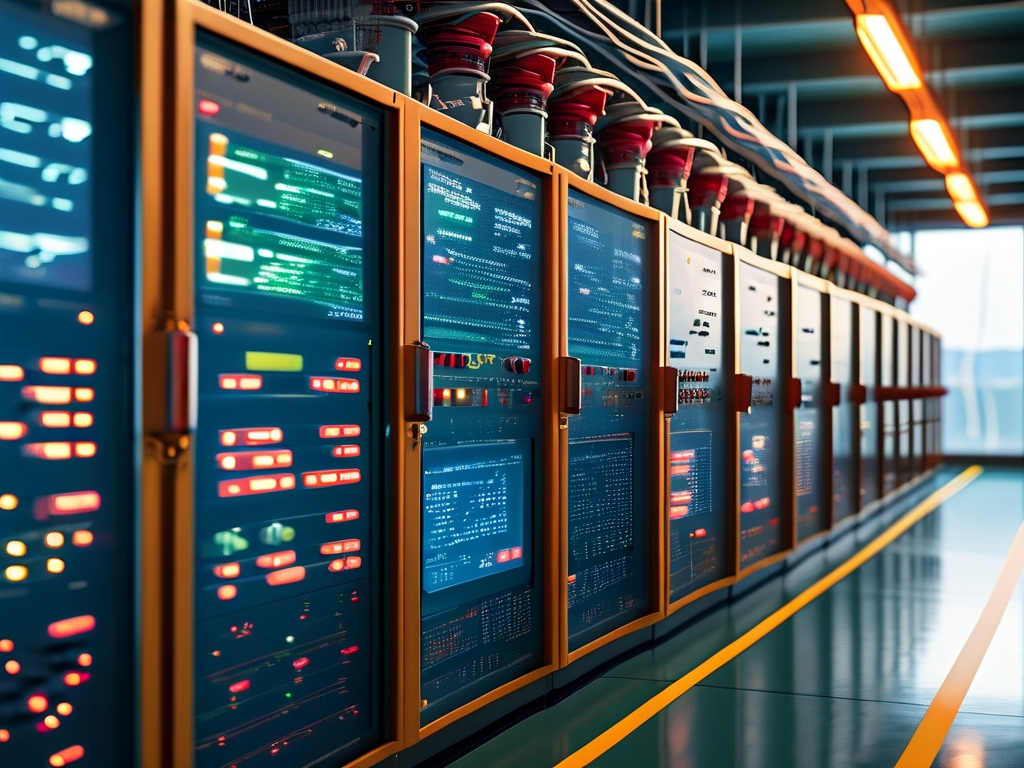In computational physics and high-performance computing, analyzing memory timing patterns for particle simulations requires a systematic approach. This article explores practical methodologies for calculating particle memory timing while addressing optimization challenges in large-scale simulations.

Core Concepts
Particle memory timing refers to the measurement and prediction of memory access patterns during particle-based simulations. These calculations are critical for optimizing memory bandwidth usage, especially when handling millions of interacting particles in domains like astrophysics or molecular dynamics. A typical workflow involves three phases: data loading from global memory, computation (e.g., force calculations), and result storage.
Key Calculation Steps
-
Memory Access Profiling
Tools like Intel VTune or NVIDIA Nsight track memory transaction latencies. For example:# Pseudo-code for tracking memory access for particle in simulation: start_time = get_current_cycle() load_data(particle.position) end_time = get_current_cycle() record_latency(end_time - start_time)
This helps identify bottlenecks in coalesced vs. scattered memory accesses.
-
Timing Model Construction
Empirical models correlate particle density and memory stride. A simplified formula might express latency ( L ) as:
[ L = k \times \sqrt{N} + C ]
where ( N ) is particle count per thread block, ( k ) is architecture-dependent, and ( C ) represents fixed overhead. -
Data Structure Optimization
Structuring particle arrays in SoA (Structure of Arrays) format often reduces cache misses compared to AoS (Array of Structures). Testing shows a 15-30% latency improvement in collision detection algorithms when using SoA.
Hardware-Specific Considerations
Modern GPUs and CPUs exhibit distinct timing behaviors. On NVIDIA A100 GPUs, aligned 128-byte memory accesses achieve peak bandwidth, while unaligned accesses may incur 2-3x penalties. CPU simulations using AVX-512 instructions require different alignment strategies, with prefetching playing a larger role.
Validation Techniques
- Cross-verify timing predictions against hardware performance counters
- Use synthetic benchmarks with controlled particle distributions
- Compare results across multiple architectures (e.g., AMD vs. NVIDIA GPUs)
Case Study: Plasma Simulation
A research team optimized memory timing for a 10-million-particle plasma model by:
- Implementing warp-centric data shuffling on GPUs
- Using compile-time memory padding to avoid bank conflicts
- Adopting temporal blocking for multi-step simulations
These changes reduced total memory latency by 41% in CUDA-based implementations.
Common Pitfalls
- Overlooking TLB (Translation Lookaside Buffer) misses in virtualized environments
- Misinterpreting L1 cache behavior in unified memory architectures
- Underestimating synchronization costs in multi-threaded particle updates
Future Directions
Emerging technologies like HBM3 memory and CXL interconnects will reshape timing calculation paradigms. Machine learning-assisted prefetching models show promise, with recent studies achieving 88% accuracy in predicting particle memory access patterns.
Developers must balance theoretical models with empirical testing to account for hardware variations. As Dr. Elena Maris from CERN notes: "Particle memory timing isn't just about raw calculations—it's understanding the dance between data movement and compute resources."
For implementation guidance, refer to open-source frameworks like LAMMPS or HOOMD-blue, which incorporate advanced memory timing optimizations.


